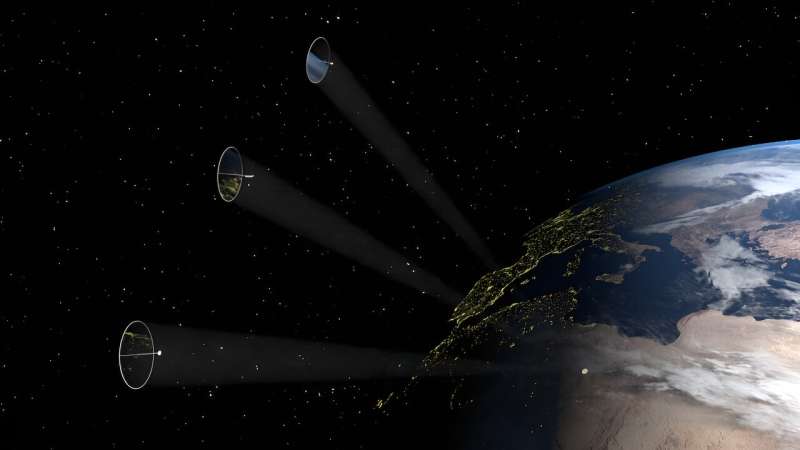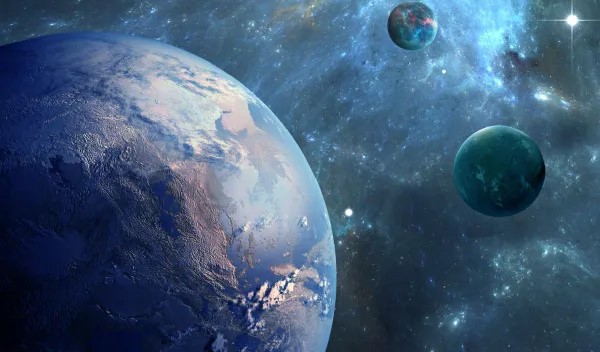Solar power is a booming industry right now as we all strive to run our lives with minimum carbon footprint. Solar is a relatively easy way to get clean electricity but of course we are limited to the hours then Sun is above the horizon. Solar panels in space have been muted before but the costs and technology to transmit power to Earth is prohibitive. An alternative approach has been explored by a team of engineers who have been looking at the possibility of deploying giant reflectors into space.
Continue reading “Reflectors in Space Could Make Solar Power More Effective”NASA Confirms that 2023 was the Hottest Year on Record
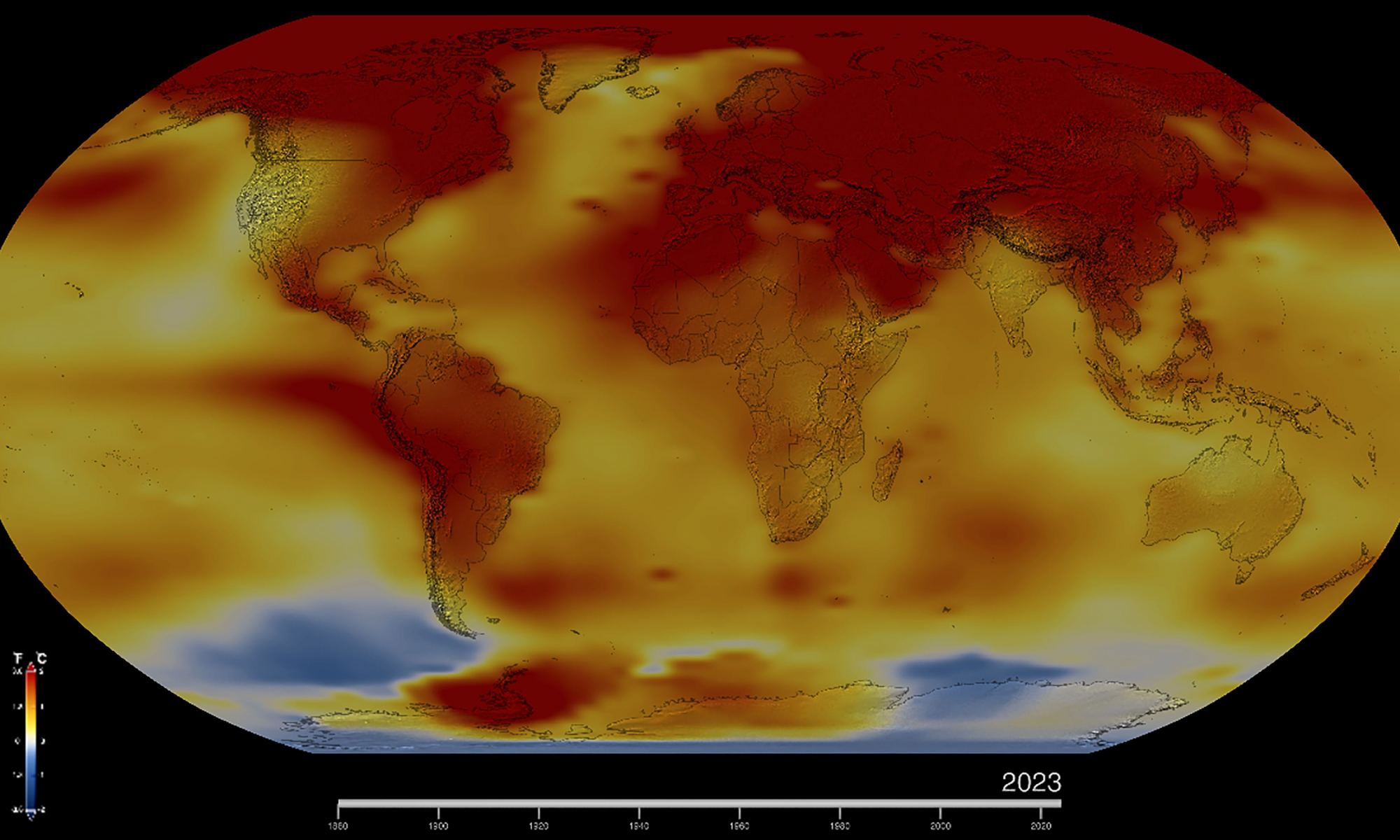
After analyzing the temperature data from 2023, NASA has concluded that it was the hottest year on record. This will surprise almost nobody. If you live in one of the regions stricken by drought, forest fires, or unusually powerful weather, you don’t need NASA to confirm that the planet is warming.
Continue reading “NASA Confirms that 2023 was the Hottest Year on Record”Engineers Finally Open OSIRIS-REx’s Sample Container

We have all been there, had that one stubborn jar of jam that we just can’t open. Maybe you grab a rubber band or run it under warm water and its an easy fix but just imagine when the jar is a module from a $1.16 billion interplanetary probe! That’s what happened to NASA engineers when they were trying to recover samples from the OSIRIS-REx module when they discovered the clamps had cold welded shut!
Continue reading “Engineers Finally Open OSIRIS-REx’s Sample Container”Astronomers Identify 164 Promising Targets for the Habitable Worlds Observatory
Planning large astronomical missions is a long process. In some cases, such as the now functional James Webb Space Telescope, it can literally take decades. Part of that learning process is understanding what the mission will be designed to look for. Coming up with a list of what it should look for is a process, and on larger missions, teams of scientists work together to determine what they think will be best for the mission. In that vein, a team of researchers from UC Berkeley and UC Riverside have released a paper describing a database of exoplanets that could be worth the time of NASA’s new planned habitable planet survey, the Habitable Worlds Observatory HWO.
Continue reading “Astronomers Identify 164 Promising Targets for the Habitable Worlds Observatory”A Primordial Dark Matter Galaxy Found Without Stars
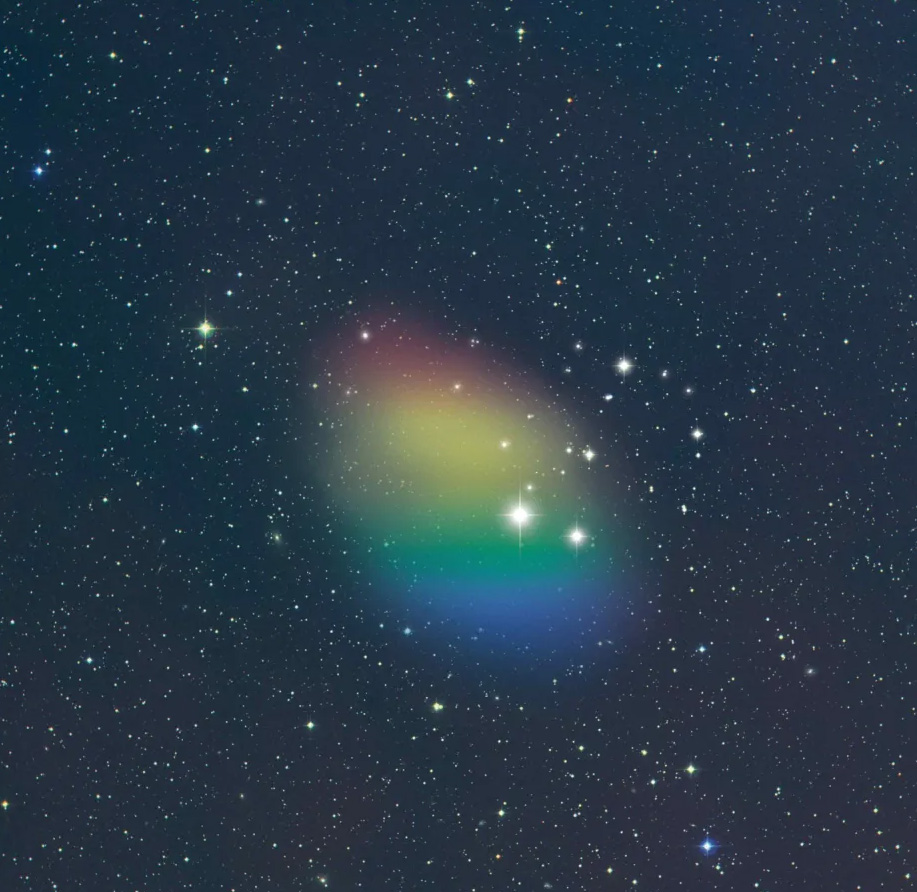
There’s a galaxy out there without apparent stars but largely chock full of dark matter. What’s that you say? A galaxy without stars? Isn’t that an impossibility? Not necessarily, according to the astronomers who found it and are trying to explain why it appears starless. “What we do know is that it’s an incredibly gas-rich galaxy,” said Green Bank Observatory’s Karen O’Neil, an astronomer studying this primordial galactic object. “It’s not demonstrating star formation like we’d expect, probably because its gas is too diffuse.”
Continue reading “A Primordial Dark Matter Galaxy Found Without Stars”Machine Learning Could Find all the Martian Caves We Could Ever Want
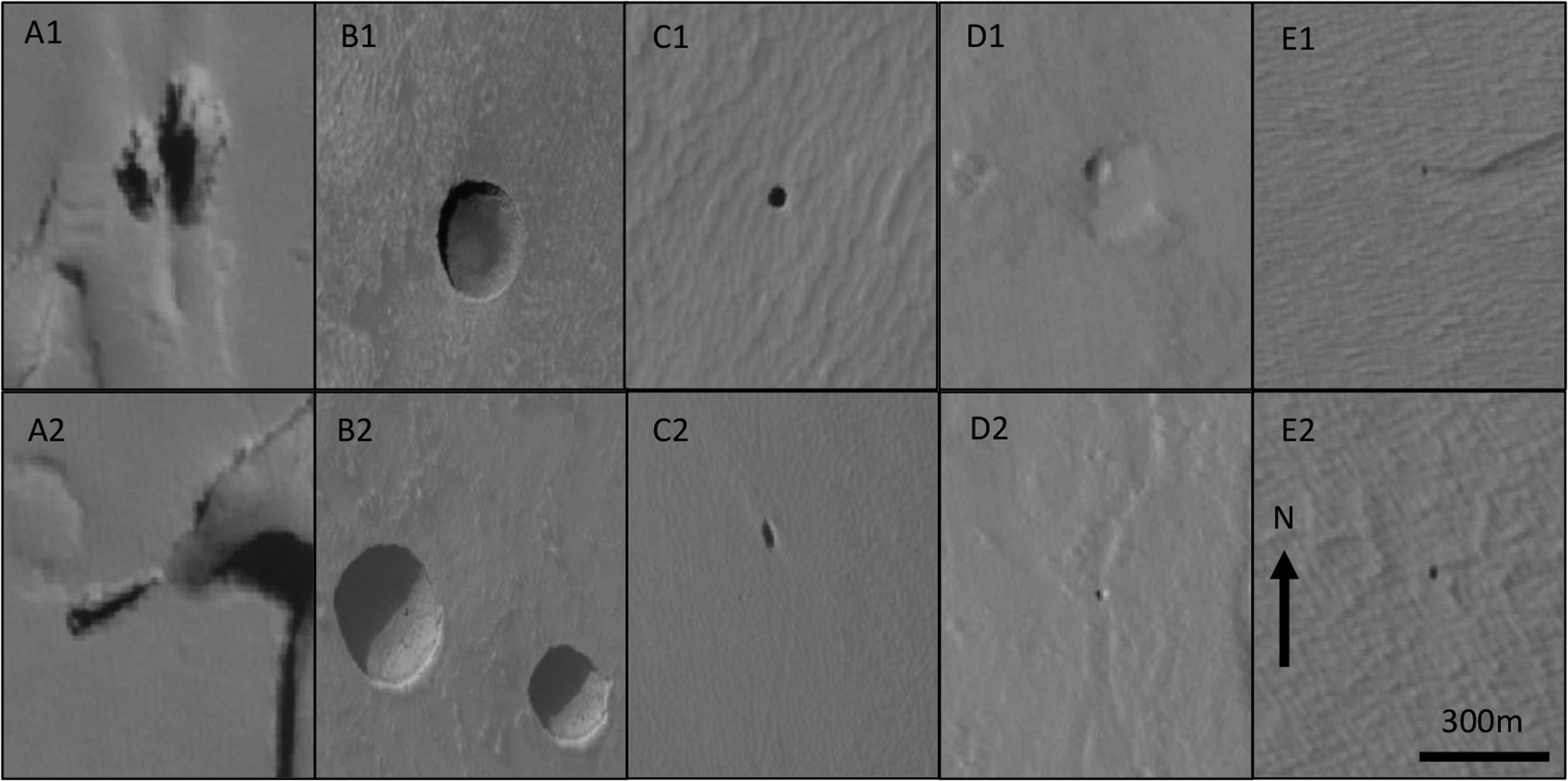
The surface of Mars is hostile and unforgiving. But put a few meters of regolith between you and the Martian sky, and the place becomes a little more habitable. Cave entrances from collapsed lava tubes could be some of the most interesting places to explore on Mars, since not only would they provide shelter for future human explorers, but they could also be a great place to find biosignatures of microbial life on Mars.
But cave entrances are difficult to spot, especially from orbit, as they blend in with the dusty background. A new machine learning algorithm has been developed to quickly scan images of the Martian surface, searching for potential cave entrances.
Continue reading “Machine Learning Could Find all the Martian Caves We Could Ever Want”Is K2-18b Covered in Oceans of Water or Oceans of Lava?

In the search for potentially life-supporting exoplanets, liquid water is the key indicator. Life on Earth requires liquid water, and scientists strongly believe the same is true elsewhere. But from a great distance, it’s difficult to tell what worlds have oceans of water. Some of them can have lava oceans instead, and getting the two confused is a barrier to understanding exoplanets, water, and habitability more clearly.
Continue reading “Is K2-18b Covered in Oceans of Water or Oceans of Lava?”Astronomers Rule Out One Explanation for the Hubble Tension
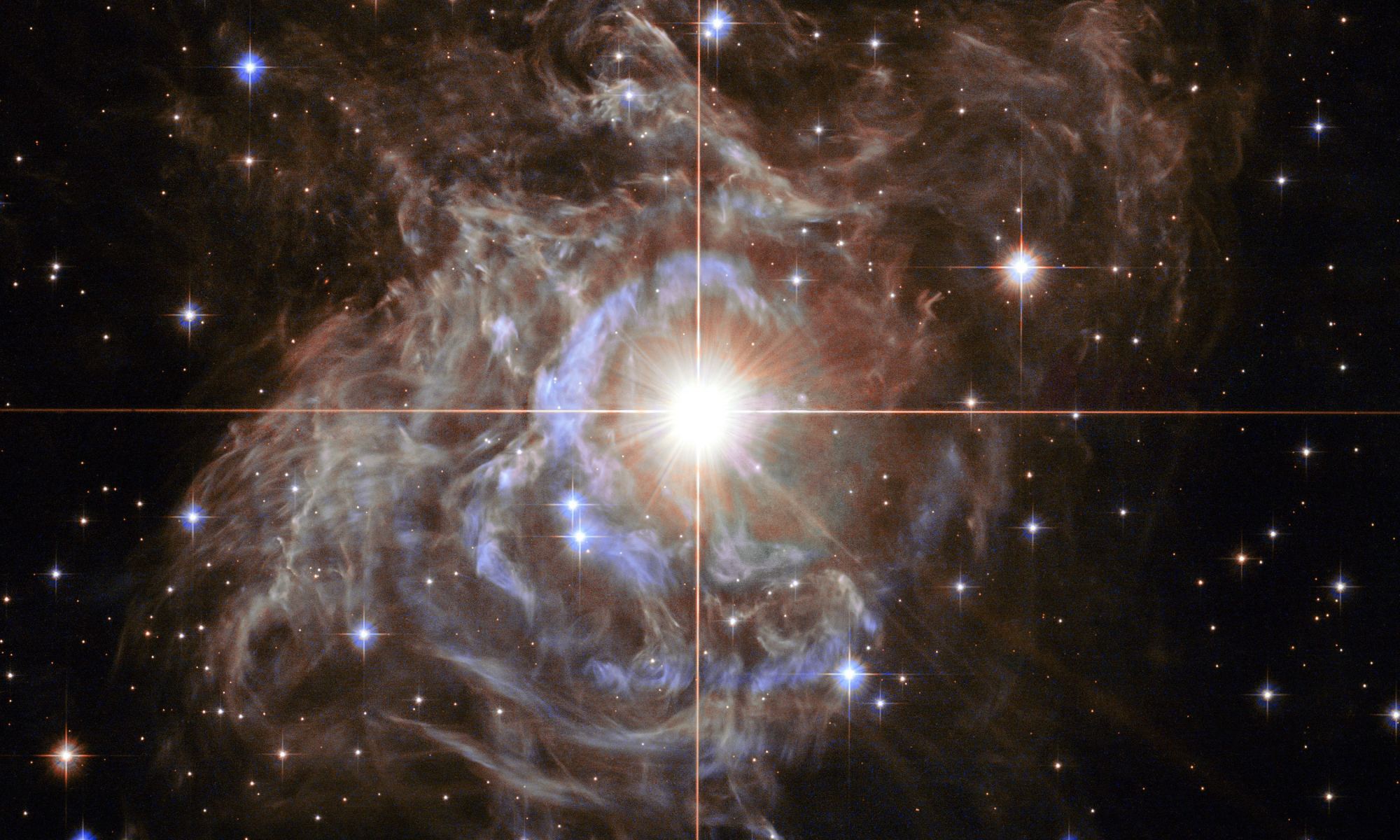
Perhaps the greatest and most frustrating mystery in cosmology is the Hubble tension problem. Put simply, all the observational evidence we have points to a Universe that began in a hot, dense state, and then expanded at an ever-increasing rate to become the Universe we see today. Every measurement of that expansion agrees with this, but where they don’t agree is on what that rate exactly is. We can measure expansion in lots of different ways, and while they are in the same general ballpark, their uncertainties are so small now that they don’t overlap. There is no value for the Hubble parameter that falls within the uncertainty of all measurements, hence the problem.
Continue reading “Astronomers Rule Out One Explanation for the Hubble Tension”Webb Blocks the Star to See a Debris Disk Around Beta Pictoris
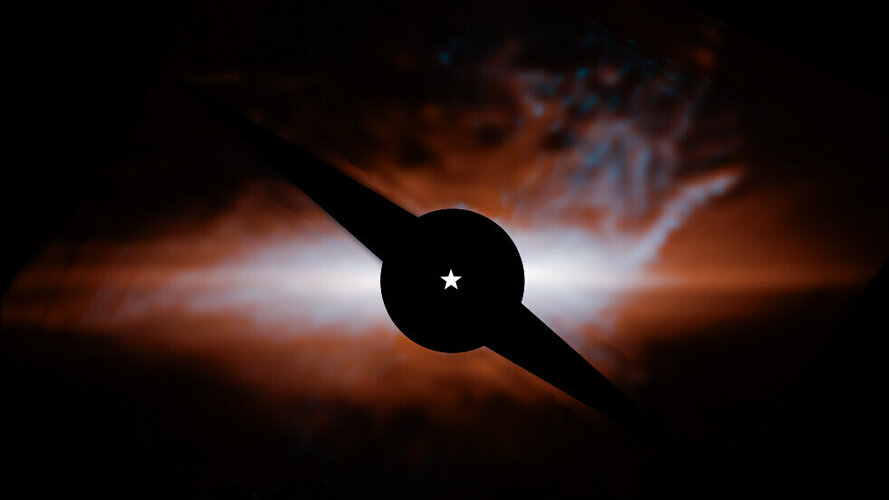
You think you know someone, then you see them in a slightly different way and BAM, they surprise you. I’m not talking about other people of course, I’m talking about a fabulous star that has been studied and imaged a gazillion times. Beta Pictoris has been revealed by many telescopes, even Hubble to be home to the most amazing disk. Enter James Webb Space Telescopd and WALLOP, with its increased sensitivty and instrumentation a new, exciting feature emerges.
Continue reading “Webb Blocks the Star to See a Debris Disk Around Beta Pictoris”A Hot Jupiter With a Comet-Like Tail

About 164 light-years away, a Hot Jupiter orbits its star so closely that it takes fewer than four days to complete an orbit. The planet is named WASP-69b, and it’s losing mass into space, stripped away by the star’s powerful energy. The planet’s lost atmosphere forms a trail that extends about 560,000 km (350,000 miles) into space.
Continue reading “A Hot Jupiter With a Comet-Like Tail”
